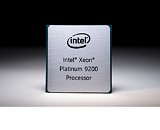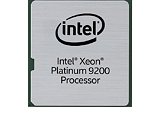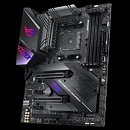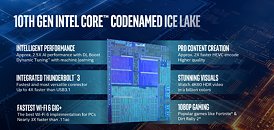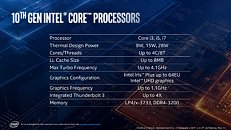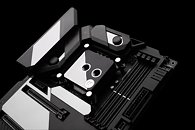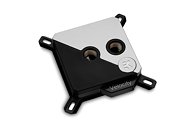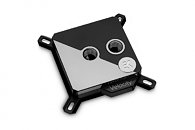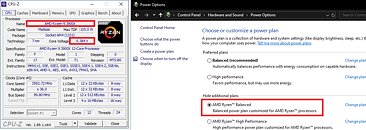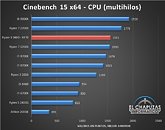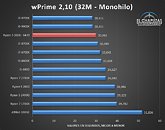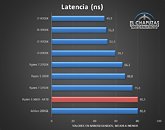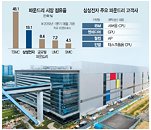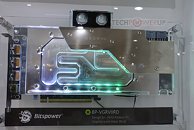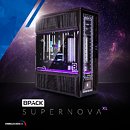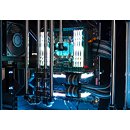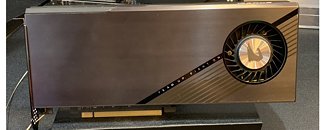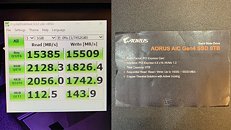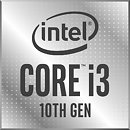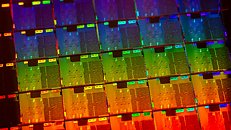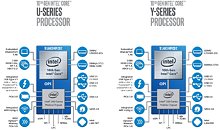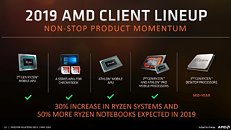
AORUS Announces the All-New AORUS 17 Flagship Laptop
Top-of-the-line gaming brand AORUS, reveals itself at the 2019 GAMESCOM trade show in Germany Cologne, in which the spotlight shines at the all-new 17 inch flagship gaming laptop, the AORUS 17. AORUS takes the lead yet again through the co-op with world renowned switch manufacture OMRON to innovate and develop a set of unique mechanical switches that is tailored for the AORUS 17, not only does the keys offer exceptional durability, it also offers one of the best feeling keys that gamers can find on a laptop. The AORUS greatness continues through the combination of the brand new Intel 8-core CPU, NVIDIA RTX graphics chip with Ray Tracing technology and an exclusive WINDFORCE INFINITY cooling system, the AORUS 17 steadily sits on the high-end gaming thrown with these specs.
AORUS leads the industry again by working with world renowned mechanical switch manufacture, OMRON in order to create a unique set of mechanical keys for the AORUS laptop, with gamer oriented design details, including an optimal 2.5 mm key travel and an actuation point of 1.6 mm, giving gamers both the sensational touch and sound of a crisp blue switch, which gamers can now enjoy the qualities of a full mechanical keyboard right on their AORUS laptop. AORUS pursues further by redesigning the key caps to produce stunning backlit keys with unique "concentric" keycaps, letting the LED underneath the keycap shine though evenly, increasing the overall lighting intensity by 27%, in addition to the AORUS exclusive FUSION 2.0 keyboard customization software, gamers can truly create a unique personal style.
AORUS leads the industry again by working with world renowned mechanical switch manufacture, OMRON in order to create a unique set of mechanical keys for the AORUS laptop, with gamer oriented design details, including an optimal 2.5 mm key travel and an actuation point of 1.6 mm, giving gamers both the sensational touch and sound of a crisp blue switch, which gamers can now enjoy the qualities of a full mechanical keyboard right on their AORUS laptop. AORUS pursues further by redesigning the key caps to produce stunning backlit keys with unique "concentric" keycaps, letting the LED underneath the keycap shine though evenly, increasing the overall lighting intensity by 27%, in addition to the AORUS exclusive FUSION 2.0 keyboard customization software, gamers can truly create a unique personal style.









